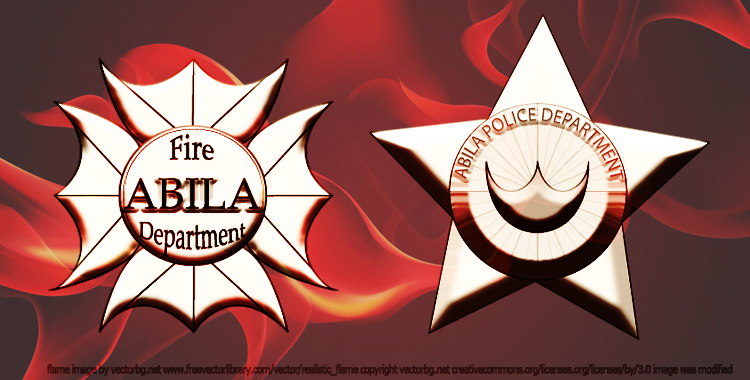Mini-Challenge 3:

Note: This scenario and all the people, places, groups, technologies, contained therein are fictitious. Any resemblance to real people, places, groups, or technologies is purely coincidental.
On January 23, 2014, multiple events unfolded in Abila. You’ve been asked to come in to perform a retrospective analysis based on limited information about what took place. Your goal is to identify risks and how they could have been mitigated more effectively.
You have access to a single data stream containing two major sources:
- Microblog records that have been identified by automated filters as being potentially relevant to the ongoing incident
- Text transcripts of emergency dispatches by the Abila, Kronos local police and fire departments.
From this data, can you evaluate the changing levels of risk to the public and recommend actions?
You also have access to maps of Abila and background documents as well. (Note: these are the same materials provided in Mini-Challenge 1 and Mini-Challenge 2)
Use visual analytics to analyze the available data and develop responses to the questions to be provided. In addition, prepare a video that shows how you used visual analytics to solve this challenge.
Tasks and Questions:
Using visual analytics, characterize the different types of content in the dataset. What distinguishes meaningful event reports from typical chatter from junk or spam? Please limit your answer to 8 images and 500 words.
Use visual analytics to represent and evaluate how the level of the risk to the public evolves over the course of the evening. Consider the potential consequences of the situation and the number of people who could be affected. Please limit your answer to 10 images and 1000 words.
If you were able to send a team of first responders to any single place, where would it be? Provide your rationale. How might your response be different if you had to respond to the events in real time rather than retrospectively? Please limit your answer to 8 images and 500 words.
If you solved this mini-challenge in 2014, how did you approach it differently this year?